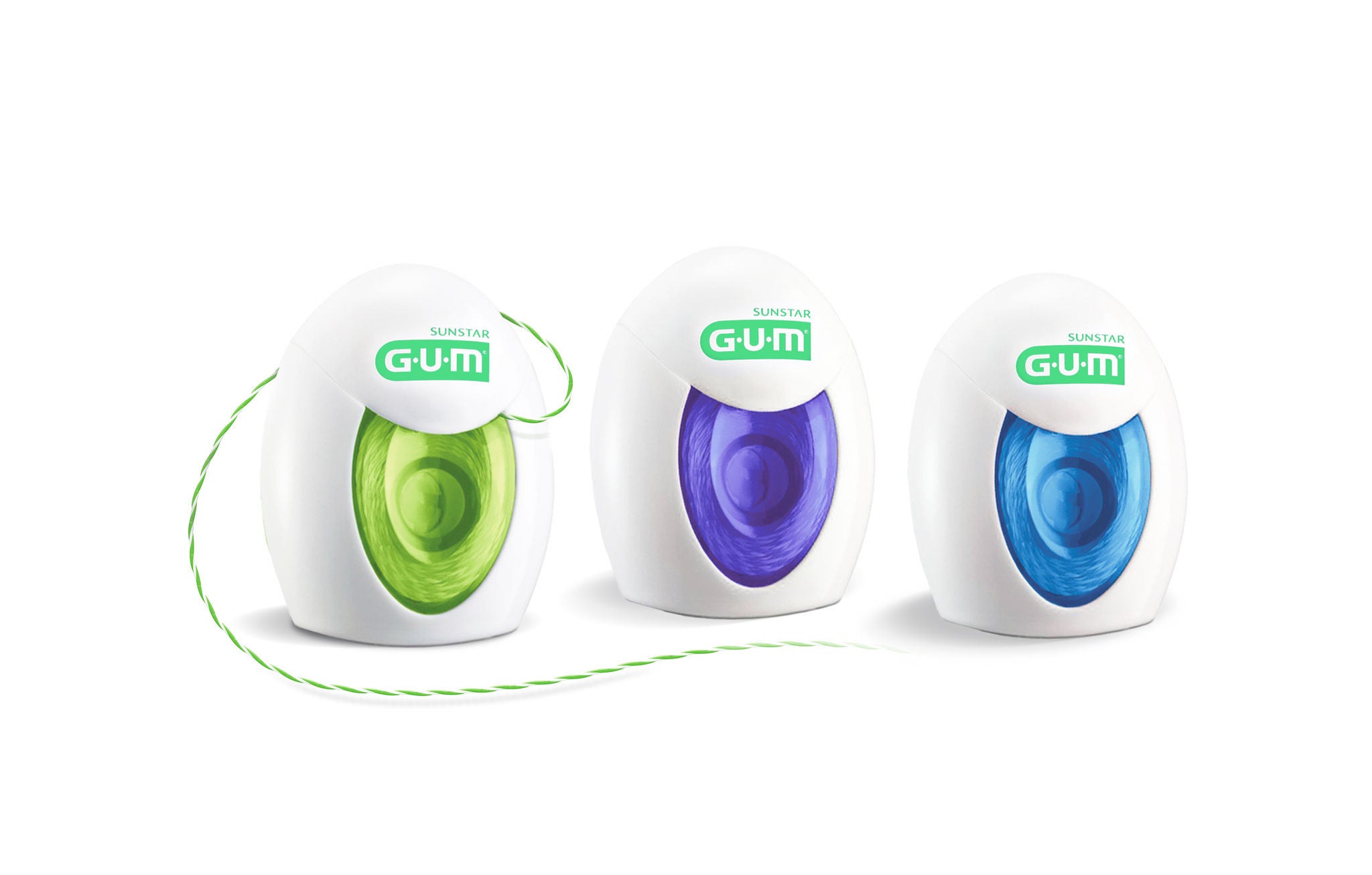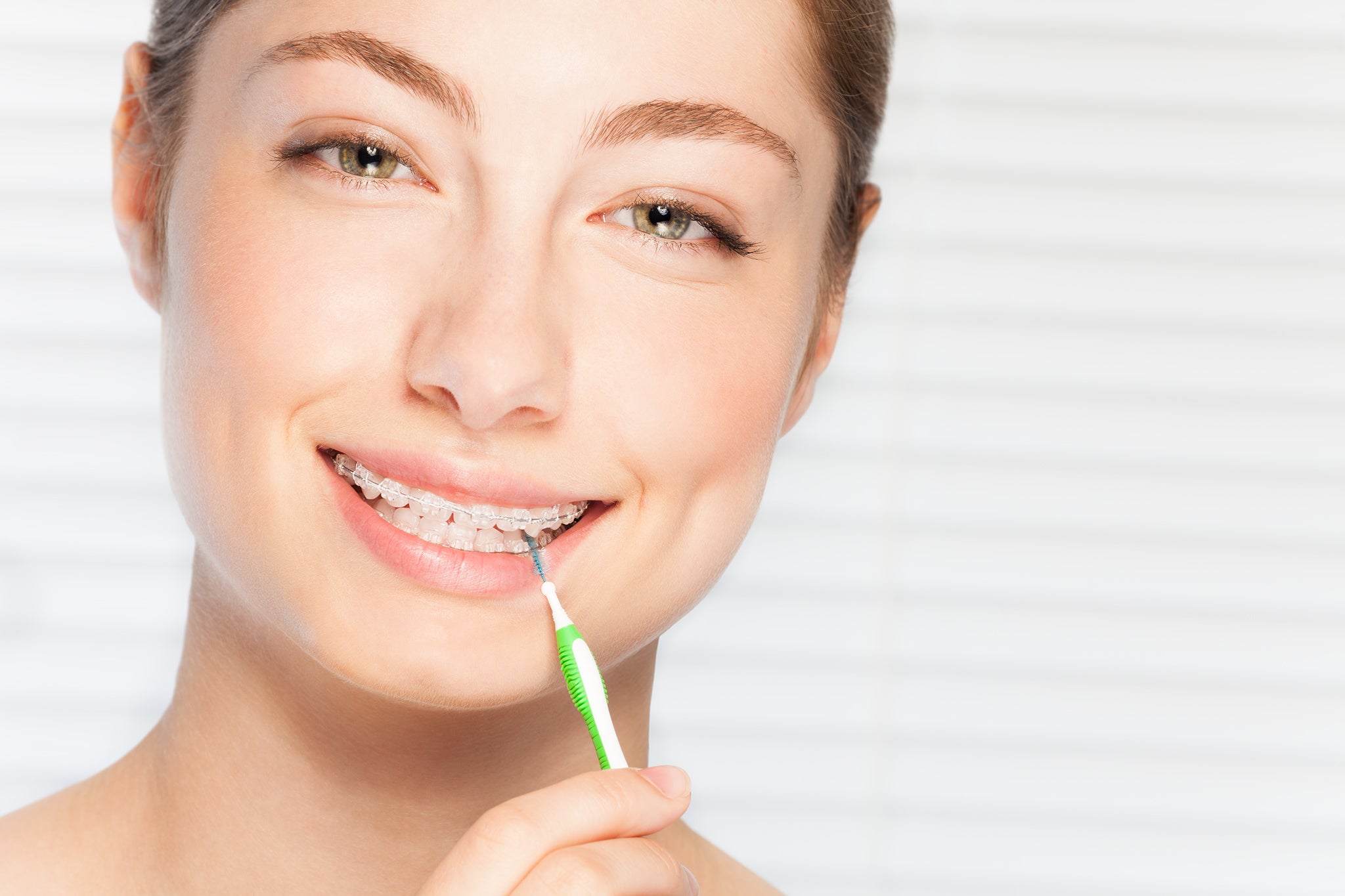
How to Floss with Braces: Top Tips for Healthy Teeth and Gums
One of the most important self-care regimens we learn when getting braces is how to properly clean our teeth and orthodontic appliances. Your typical routine of cleaning your teeth at least twice a day becomes even more crucial with braces, as food particles can easily get trapped in the brackets and wires.

While braces are temporary, the flossing habits formed during this time create the foundation for better oral care long after the orthodontic treatment ends. Brushing thoroughly at least twice each day remains fundamental with braces - but flossing is equally crucial for your oral health and teeth while undergoing orthodontic treatment.
Flossing between brackets and wires and using special flossing tools complement good brushing and can take your braces care routine to a new level.
These additional flossing steps are important - not just because proper flossing ensures the effectiveness of your orthodontic treatment, but because it's crucial for maintaining gum health and preventing decay in hard-to-reach areas. Flossing with braces requires extra time and patience, but it's essential for overall oral health.
Read on to learn how to floss with braces with professionally recommended tools and tips.
Water flosser or oral irrigator
Water flossers (known in the dental profession as oral irrigators) use a stream of pulsating, pressurized water to remove food, plaque, and bacteria from between the teeth and around the gumline.
Pros:
- Easier to use than traditional floss
- Gentler on sensitive gums
- Effective at removing food debris between teeth and from around the gumline
Cons:
- Higher up-front cost
- The device takes up counter space and requires upkeep
- Debate on how effective it is at completely removing plaque when compared to traditional flossing
Floss threader
Floss threaders are aids for threading traditional dental floss behind wires in braces and other dental appliances. The threader itself consists of a small loop of plastic that meets to form a thin, elongated point. Floss is threaded through the loop, then the pointed end of the threader is inserted behind the wire and pulled through until the floss is in place for regular flossing.
Pros:
- Easier to thread floss behind wires
- Excellent aid for individuals with reduced dexterity
Cons:
- Creates an additional step for cleaning between each tooth
Dental tape
Dental tape is a broader, flat variety of floss.
Pros:
- Works like traditional dental floss
- Better for individuals with wider gaps between their teeth
- Gentler on the gums
Cons:
- Does not work as well for individuals with tightly spaced teeth
Interdental brush
This isn’t exactly the same as flossing, but rather an alternative for interdental cleaning that many find preferable (especially those with braces).
Interdental brushes consist of a thin wire shaft covered in plastic bristles sized to fit between most teeth. This brush head is affixed to handles that vary in size from small enough for finger-tip gripping to a standard toothbrush handle. GUM SOFT-PICKS are another option in this category.
Pros:
- Simple and enjoyable to use
- Can be easier to guide and maneuver around orthodontics
- May be used several times before needing to be replaced
Cons:
- Modest learning curve for those who are unfamiliar
- Won’t always fit into extremely tight spaces

Flossing with Braces FAQs
Flossing should not hurt. However, neglecting to floss regularly can lead to inflammation of the gums, and you may experience a bit of discomfort while flossing until your gums can heal. Tools like dental tape or a water pick can help through this healing process.
Gums can bleed during flossing for a couple of reasons. The first and easiest to manage is flossing too hard. The second major cause of bleeding gums is poor gum health. Regular flossing using a proper flossing technique can mitigate both of these issues. An interdental brush may also be preferred for those with sensitive gums.
It is best to clean interdentally before brushing your teeth, to remove lodged food and plaque from between teeth and within the gum line, allowing the fluoride from your toothpaste to reach more areas of your mouth.
Cleaning interdentally with braces is easy!
Regular flossing is an important part of dental hygiene, with or without braces. While the addition of wires and dental appliances changes the landscape of your teeth, there are tools and aids available to make it easy to keep up with your flossing.
Learn more about how to take care of your braces and orthodontics as part of a great oral care routine.


